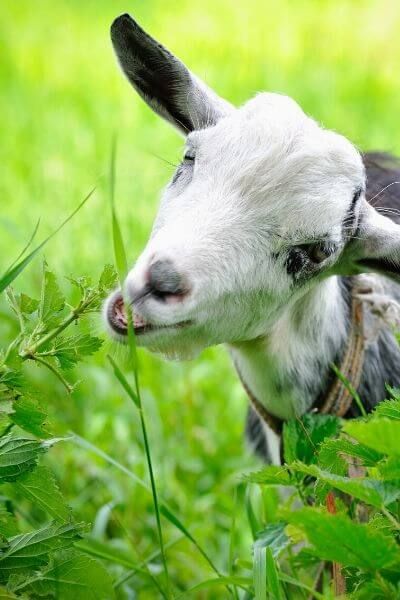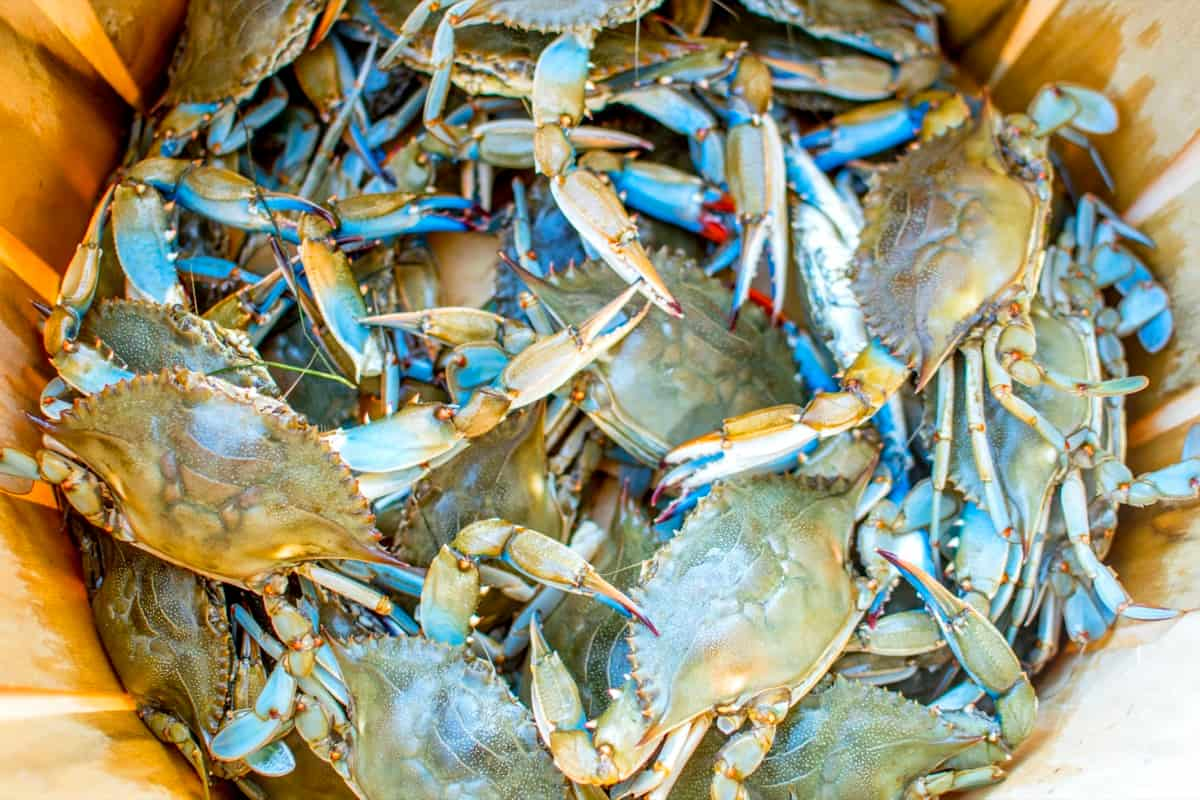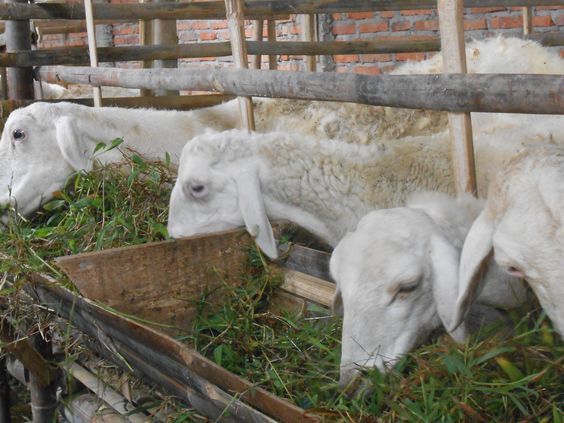Goat Rearing Techniques: A Comprehensive Guide
Goat Rearing Techniques, with their adaptable nature and diverse uses, are becoming increasingly popular livestock, particularly for small-scale farmers. They offer a range of valuable products, including milk, meat (chevon), fiber (mohair and cashmere), and even leather. However, successful goat rearing requires knowledge and practice in implementing proper techniques. This guide delves into various aspects of goat rearing, equipping you with the necessary information to raise healthy and productive goats.
Selecting the Right Breed:
The first crucial step is choosing the appropriate goat breed for your purpose. Different breeds excel in different areas:
Milk Production: Breeds like Saanen, Toggenburg, and Alpine are known for their high milk yields.
Meat Production: Boer goats, Kiko goats, and Savanna goats are well-suited for meat production due to their fast growth rate and good meat quality.
Fiber Production: Angora goats and Cashmere goats are prized for their luxurious mohair and cashmere wool, respectively.
Consider factors like climate, available resources, desired products, and personal preferences when selecting a breed. Researching the specific needs and characteristics of each breed is vital for choosing the one that best aligns with your goals and capabilities.
Housing and Shelter Goat Rearing Techniques:
Providing adequate housing and shelter is essential for the well-being of your goats. Here are key considerations:
Space: Allocate ample space for your goats, allowing them room to move, rest, and socialize comfortably. This helps prevent overcrowding, which can lead to stress and health problems.
Shelter Design: The shelter should be well-ventilated, dry, and offer protection from extreme temperatures, rain, and wind. Slatted floors are preferred for young goats (kids) as they help maintain hygiene and prevent disease.
Feeding and Watering Areas: Designate separate areas within the shelter for feeding and watering to maintain cleanliness and prevent contamination. Ensure feeders and waterers are accessible to all goats and kept clean regularly.
Feeding and Nutrition Goat Rearing Techniques:
Goat Rearing Techniques are efficient browsers, capable of thriving on a variety of forages, including grasses, leaves, and shrubs. However, providing a balanced diet is crucial for their health and productivity. Here’s a breakdown of their dietary needs:
Forage: The primary source of nutrients, forming the bulk of their daily intake. Offer a variety of forages, ensuring they are fresh, clean, and free from mold or toxins.
Concentrates: These grain-based feeds provide additional energy, protein, and essential nutrients during specific periods, such as pregnancy, lactation, and growth. Consult with a veterinarian or animal nutritionist to determine the appropriate type and quantity of concentrate feed for your goats.
Breeding and Herd Management Goat Rearing Techniques:
Effective breeding management is crucial for maintaining a healthy and productive goat herd. Here are key practices:
Selection: Choose breeding stock that are healthy, well-tempered, and possess desirable traits aligned with your breeding goals.
Breeding Season:Goat Rearing Techniques can breed year-round, but in some regions, controlled breeding seasons might be preferred for management purposes. Consult with experienced breeders or local veterinary professionals for guidance on breeding practices and strategies.
Healthcare and Disease Prevention Goat Rearing Techniques:
Maintaining good hygiene, proper vaccination protocols, and regular health checks are crucial for preventing the spread of diseases in your goat herd. Vaccinate your goats according to the recommended schedule by a veterinarian to protect them from common diseases like rabies, enterotoxemia, and foot-and-mouth disease. Regularly observe your goats for any signs of illness, such as lethargy, loss of appetite, or abnormal droppings. Promptly isolate and seek veterinary attention if any signs of illness are observed.
Additional Considerations Goat Rearing Techniques:
Dehorning: Dehorning, the removal of horns, is a common practice in some goat rearing operations. It can help reduce injuries between goats and make handling easier, but it is important to consult with a veterinarian regarding animal welfare considerations and the most humane






